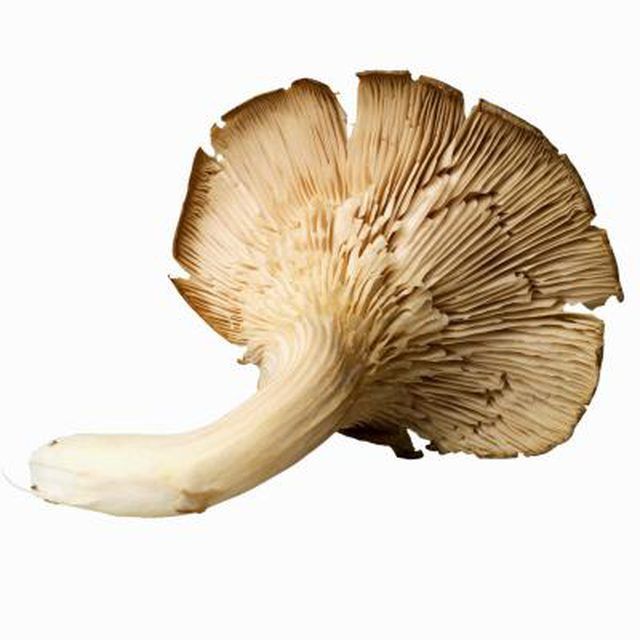Bulbs
Flower Basics
Flower Beds & Specialty Gardens
Flower Garden
Garden Furniture
Garden Gnomes
Garden Seeds
Garden Sheds
Garden Statues
Garden Tools & Supplies
Gardening Basics
Green & Organic
Groundcovers & Vines
Growing Annuals
Growing Basil
Growing Beans
Growing Berries
Growing Blueberries
Growing Cactus
Growing Corn
Growing Cotton
Growing Edibles
Growing Flowers
Growing Garlic
Growing Grapes
Growing Grass
Growing Herbs
Growing Jasmine
Growing Mint
Growing Mushrooms
Orchids
Growing Peanuts
Growing Perennials
Growing Plants
Growing Rosemary
Growing Roses
Growing Strawberries
Growing Sunflowers
Growing Thyme
Growing Tomatoes
Growing Tulips
Growing Vegetables
Herb Basics
Herb Garden
Indoor Growing
Landscaping Basics
Landscaping Patios
Landscaping Plants
Landscaping Shrubs
Landscaping Trees
Landscaping Walks & Pathways
Lawn Basics
Lawn Maintenance
Lawn Mowers
Lawn Ornaments
Lawn Planting
Lawn Tools
Outdoor Growing
Overall Landscape Planning
Pests, Weeds & Problems
Plant Basics
Rock Garden
Rose Garden
Shrubs
Soil
Specialty Gardens
Trees
Vegetable Garden
Yard Maintenance
How to Grow Mushrooms in Hay Bales
How to Grow Mushrooms in Hay Bales. Mushroom growers are affectionately called fungi farmers. In hobby gardens and large-scale commercial cultivation, mushroom production recycles waste products such as hay, manure and compost. Mushrooms have specific substrates on which they feed. Some mushrooms, such as shiitakes, prefer growing in logs, while...

Mushroom growers are affectionately called fungi farmers. In hobby gardens and large-scale commercial cultivation, mushroom production recycles waste products such as hay, manure and compost. Mushrooms have specific substrates on which they feed. Some mushrooms, such as shiitakes, prefer growing in logs, while others, such as oyster mushrooms, grow in straw or hay bales. Cornell University reports that most growers cultivate oyster mushrooms (Pleurotus spp.) in hay bales. Mushrooms reproduce from spores, which form filaments called mycelia that grow into the fruit, or mushrooms. Grains of wheat or rye are most commonly used as starter substrates for the spores and are called mushroom spawn.
Things You'll Need
12-inch miniature bales of hay or straw
Tongs
Deep roasting pan or larger water-bath canner
Baking racks
Oyster mushroom spawn
Preparing Hay Bales
Use 12-inch mini-bales of hay or straw -- available at feed or craft stores -- for ease in sterilizing them. Choose a site out of direct sun for hay-bale gardens, whether they are located inside or outside.
Immerse the bales in boiling water in a deep roasting pan or a large water-bath canner. Remove the bales with tongs once they're saturated. Place the soaked bales on baking racks and allow them to drain. Cool the bales to room temperature.
Place the bales directly on the ground, or on tables or trays, for ease in maintaining and harvesting them. Wash your hands thoroughly, then open pockets in the hay on the top and around the sides of the bales.
Inoculating Bales
Insert oyster mushroom spawn into the open pockets in the hay. You can purchase the spawn online or from local fungi farmers. Ensure good contact by pressing the spawn into the bales.
Pull the hay around the mushroom spawn. Close the pockets by pressing loosened hay into the bale and tamping it.
Water the bales, preferably with water from rain barrels or filtered water. Keep the bales constantly moist but not soggy. Harvest the mushrooms at any stage of growth.